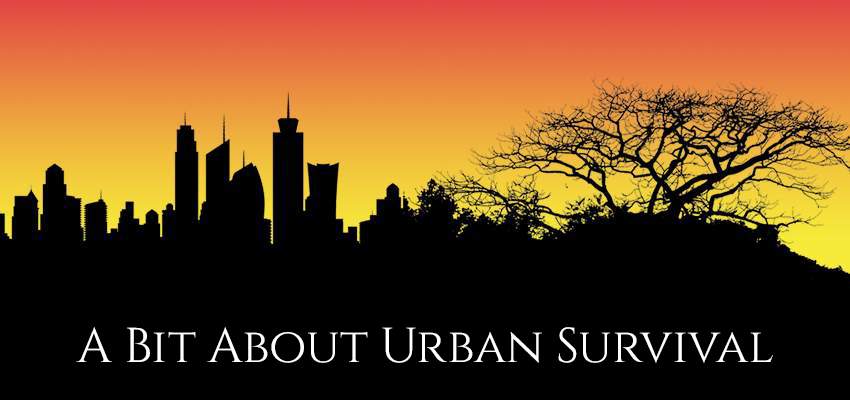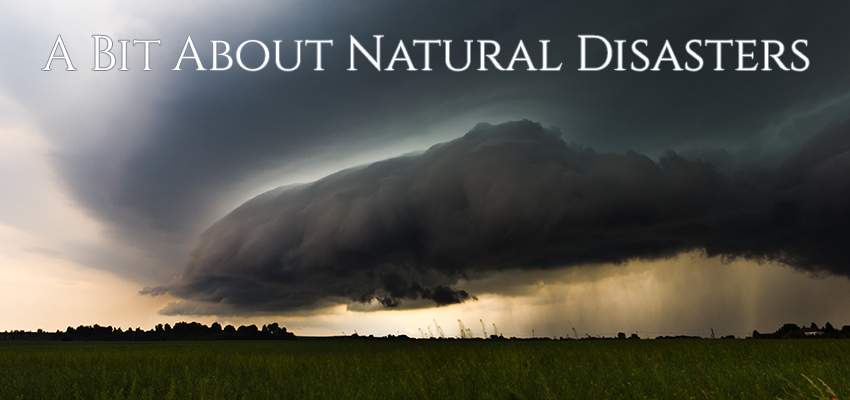
We all love the wilderness. At least many of us do. And this number is increasing with each passing day. There is so much Mother Nature has showered on us and this neck of the woods that we call India has been truly blessed. The wilderness is gorgeous and there are so many option to choose from - mountains, jungles, forests, mangroves, salt flats, beaches, wildlife, flora, fauna, the works.
However, the wilderness is largely alien territory for most people. The comforts of city life are suddenly absent and it is the adventure of being away from it all that makes the outdoors all the more interesting. However, because the terrain is alien and we often find ourselves just about managing to make do and have a good time, it becomes very easy for Nature to throw a curve ball. Hiking along a trail, talking amongst yourselves, you fail to be situationally aware. And suddenly when it time to head back to camp you realise that you are lost. Or you might have stepped on a lose rock and twisted your ankle making further walking almost impossible. Night is falling quickly and suddenly you find yourself in a wilderness survival situation. Not good.
When faced with a wilderness survival situation you need to be aware of and deal with eight essential factors, each based on common sense.
The order may vary depending on the situation you find yourself in, but the basics will never change. The first essential is a positive mental attitude without which you will have a pretty hard time surviving. Worrying will not solve any problem whatsoever. Develop the will to survive. Refuse to give up. If you want to die, you can do so almost without any effort!
The next four essentials - shelter, water, fire and food - ensure that you take care of your immediate needs. You need to stay protected from the elements, you need rest and sleep. Without water you can dehydrate, and in a desert death can be less than two days away. Food will provide your body with energy, and fire will keep you warm, boil your water and cook your food.
Signalling and navigation come next and are ways with which you can find your way out of trouble. And by knowing the basics of first aid, you can treat minor injuries.
The guiding principle in the wilderness is to "be prepared".
Even if you are stepping out for a couple of hours, particularly into an unknown, alien territory, always carry three packs. It is not an option, consider it regulation. Hopefully you will never ever open two of these packs, but if you ever have to, these packs will save your life. If you know what you are doing and are prepared for it, you can spend days, weeks and months in the wilderness, living off the land, with the things that are in your three packs.
1. The Day Pack: In case you get into a survival situation and need to spend a night outdoors, your Day Pack has the clothing required to guard against the elements - a warm shirt, a couple of T-shirts, a waterproof jacket, thermal innerwear, a balaclava, three or four pairs of woollen socks, a muffler, insulated gloves or mittens, slippers or camp shoes, a rain suit or poncho, toilet paper, water bottle, etc. Every person will have different needs, as will every terrain. So the list is not inclusive, nor exhaustive. Use your senses to pack it. It need not be very large or very bulky, just enough to contain all the things you will need in an emergency. Do not stuff it unnecessarily. Make a list of the essentials and pack at least a day in advance.Packing at the last minute you are bound to forget that one thing that can save your life.
2. The Survival Kit: This is the most important of the three packs containing all the implements to live off the land, providing you with the tools you need to survive. Not everything will be inside the Kit all the time, some of the items will be in your pockets, some in your hands, some around your neck. Make sure you know where everything is. A typical Survival Kit should contain items covering six survival essentials, covering shelter, water, food, fire, signalling and navigation. When travelling to high altitude areas, there are additional items specific to altitude that should be in your Survival Kit. Feel free to add more stuff and multiple items and tools, as long as the pack does not become too bulky and remains easy to carry. It is important not only to have the items but also to know how to use them.
Despite your best efforts and intentions and the "knowledge" that problems happen to other people, you might get into a survival situation. It need not necessarily be a life-or-death scenario, but something where you find yourself out of your elements, exposed to the elements, hungry, thirsty and starting to panic. If you are aware of the possibilities and know what your logical and rational reaction should be to the wilderness survival situation, you will be in far better shape.
3. The First Aid Kit: In the wilderness you are on your own. You need to be prepared for the odd incident that has more than a fair chance of occurring - cuts, bruises, sprains, dehydration, fever, dislocated shoulder, etc. You need to be able to administer first aid to stabilise the condition, to make the job of the doctor easier once you do reach a medical facility. Build your own Kit so that you know what it contains, what it is required for and how it is to be used. Only you know where you are going and what your Kit should contain. Every terrain has a different requirement. Make sure it is always with you and that it is fairly rigid to prevent crushing the items.
Remember, it is largely about common sense.
Watch a video by Mors Kochanski, one of the modern greats as far as wilderness survival is concerned.


